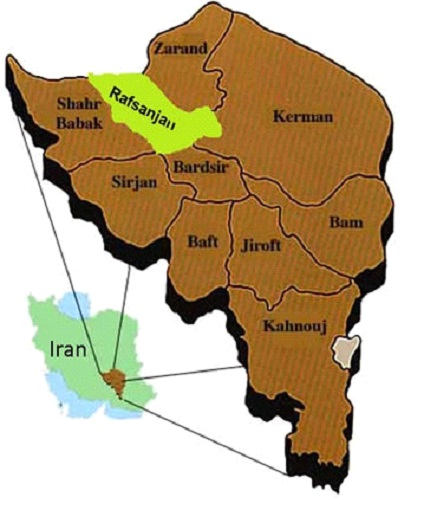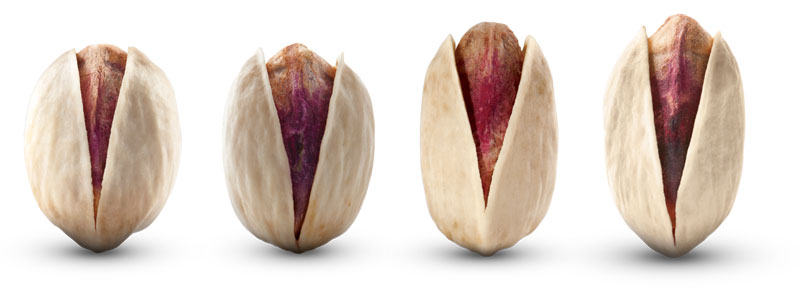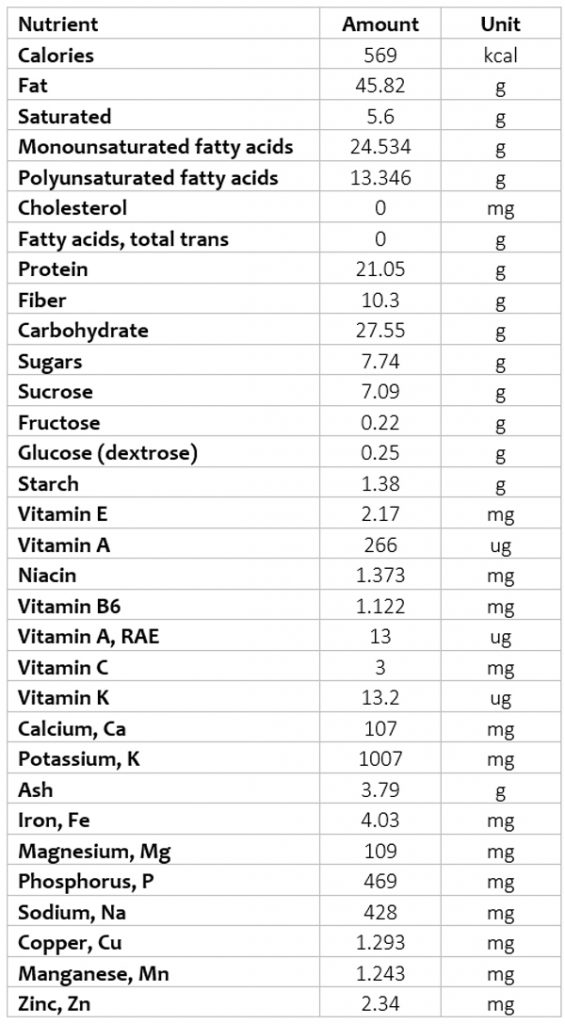Pistachios
Imagine a miraculously green orchard in the middle of a dry desert where the trees are loaded with jewel bright fruit. During Iran’s long hot summers, these ancient trees bear pistachios.
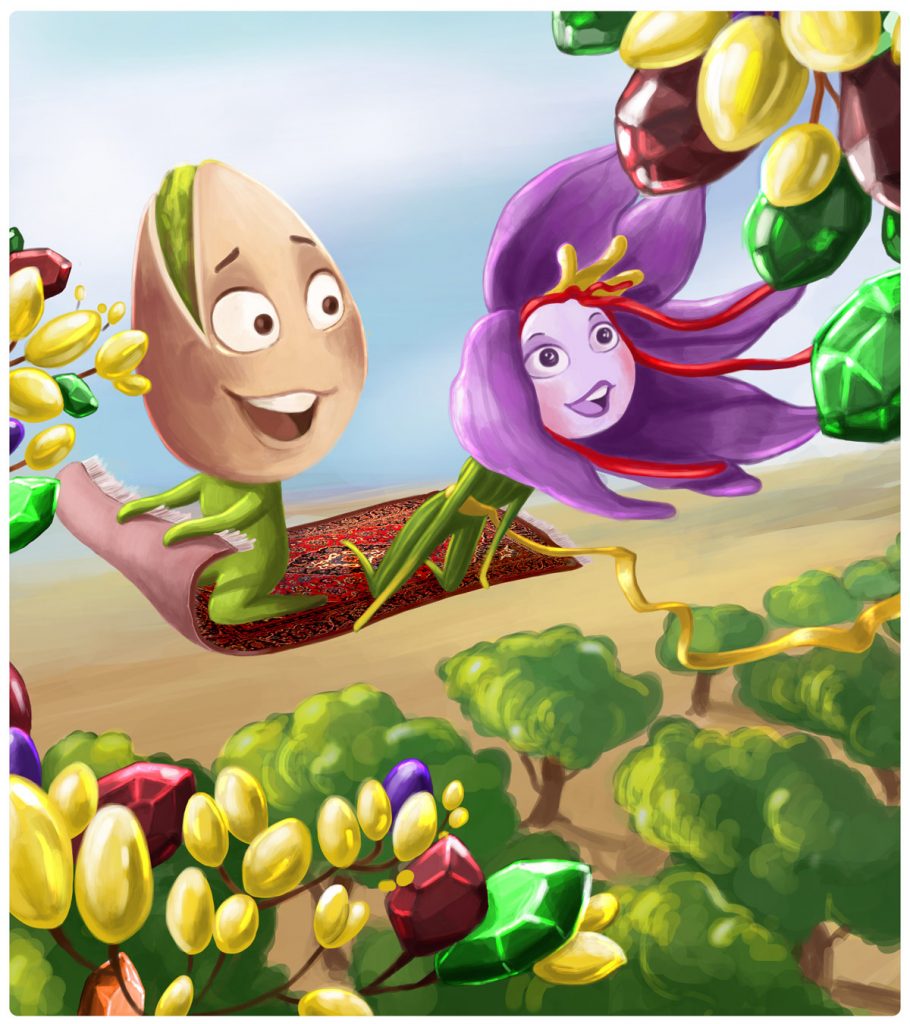
Known for their lovely green colour and distinctive taste, pistachio nuts are widely enjoyed today, but the secret for the best pistachios in the world lies within the earth itself.
Iran’s unique climate allows these sturdy trees to experience shocking temperatures as low as-10 C and as high as +48, and together with the yet unknown qualities of the land, these orchards produce the best, most authentic, highest quality pistachios available in global markets. These Persian pistachios are indeed so famous and so widely sought after that cultivators around the world have been trying (and failing) to reproduce these crops for centuries.

The unique nature of these particular Persian pistachios ensures that, unlike similar kinds, they can easily withstand the higher temperatures required for the roasting process.
Therefore, while a lesser pistachio crop would burn and smoke and disintegrate in the heat of the roasting furnace, our pistachios move through an intricate process where the sugar inside the nut is slowly caramelized, turning each kernel into the most flavorful, crunchy little gastronomic gift from heaven.

These high protein kernels are a great source of nutrition for everybody but specially for vegetarians and vegans and they can help prevent heart disease and improve gut health but let us not forget about their wonderful taste.
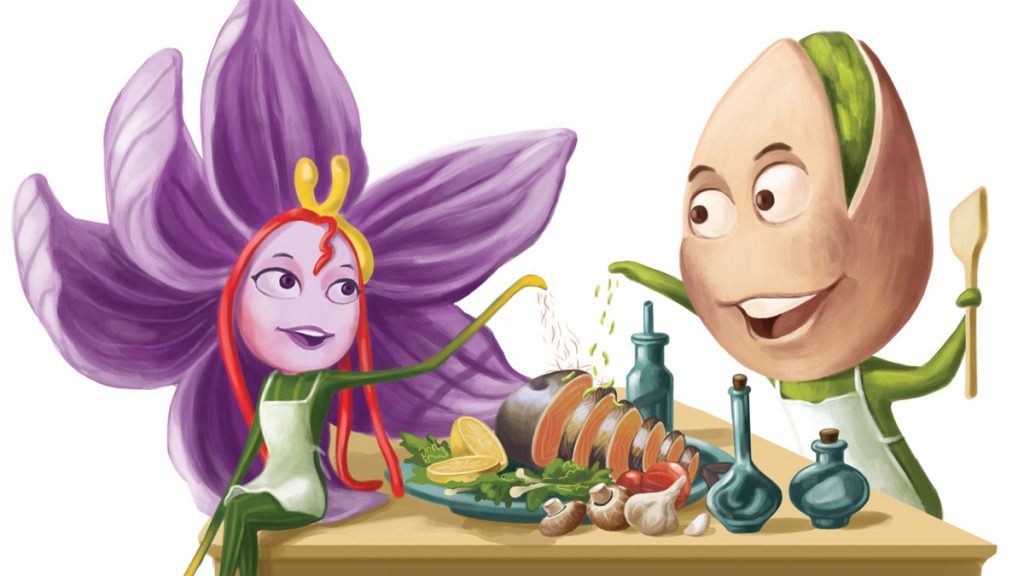
Pistachios can be used to crust fillets of chicken or salmon, to top a salad or to flavor a cake. Roasted pistachios can be ground into the most unique pesto. They can be turned into gelatos, biscottis or added to trail-mix or star in the gorgeous bright green pistachio baklava. Sounds divine doesn’t it?
But there’s more.
Iran’s agricultural treasures don’t end with pistachios. We are also proud to have produced the purest saffron in the world for thousands of years. Vivid crimson strands are handpicked from amethyst colored flowers, and then dried and ground to yield the most beautiful shade of gold and an enticing aroma to rice dishes like biryani, risotto and paella, to lovely seafood dishes like the French bouillabaisse or many traditional Middle Eastern sweets like halwa.
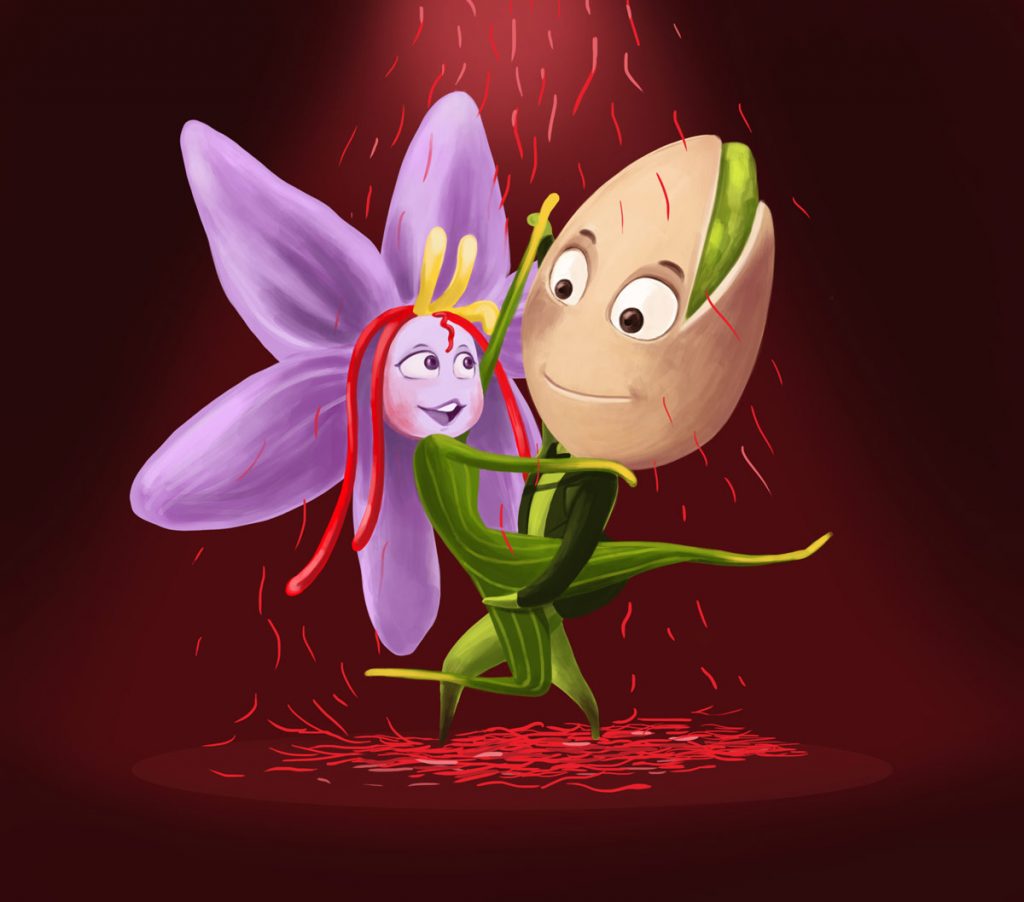
Somewhere during centuries of successful commerce, Iranian merchants came up with a wonderful idea: to combine two of the most precious gifts from the fertile ground. Our highest quality pistachios are infused with generous amounts of the purest saffron and roasted with salt to produce a savoury, crunchy, aromatic treat that we are very excited to share with you: our wonderful saffron roasted pistachios.
We are honoured to bring you the union of art and nature’s bounty from the ancient land of Persia. Every single pistachio kernel is cultivated by the adoring hands of our people; a gift of love and peace. A bowl of these golden pistachios on your table is the perfect finishing touch to any feast.
Enjoy the music 🎧♪♫♬





